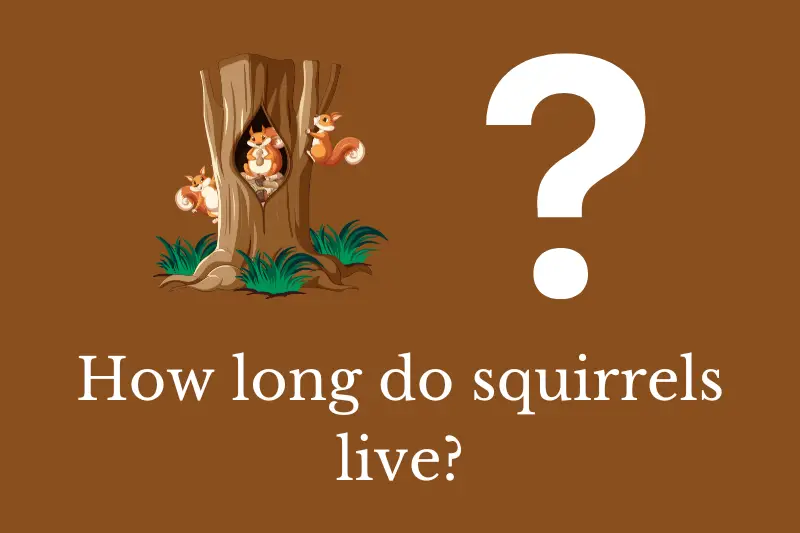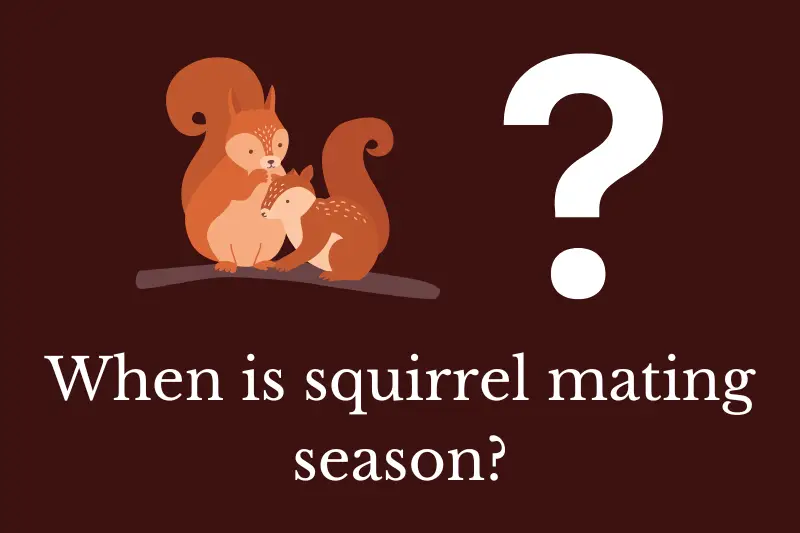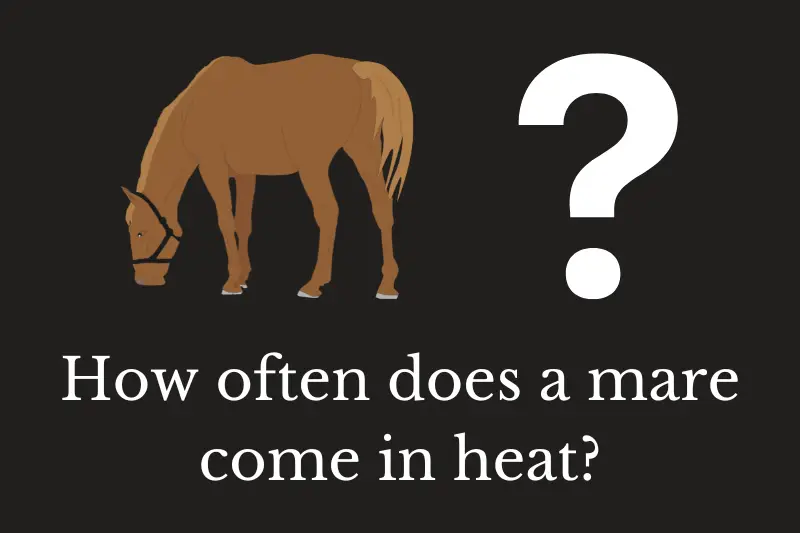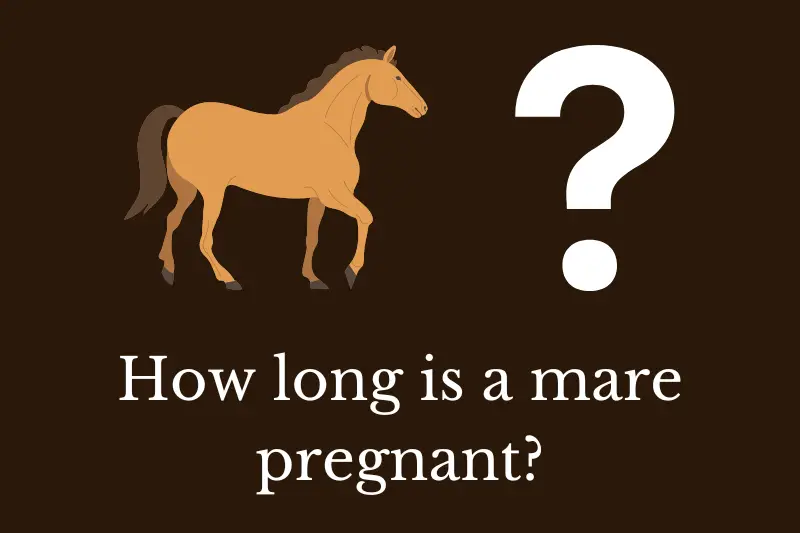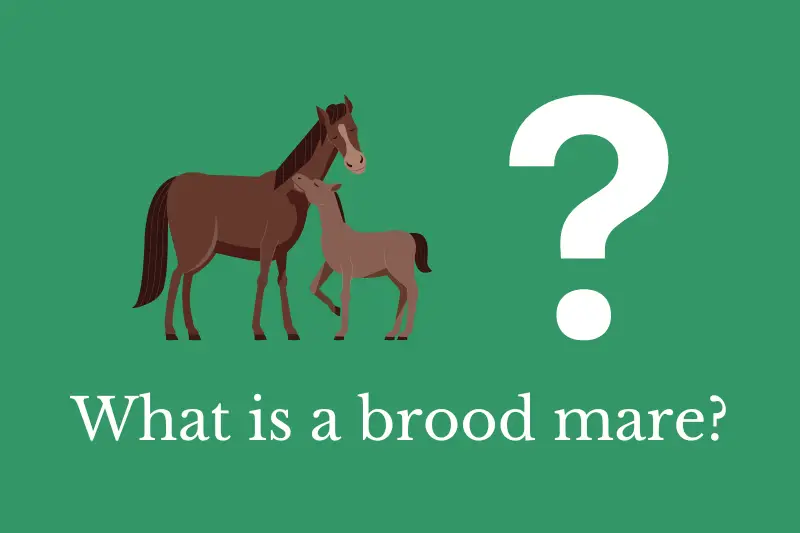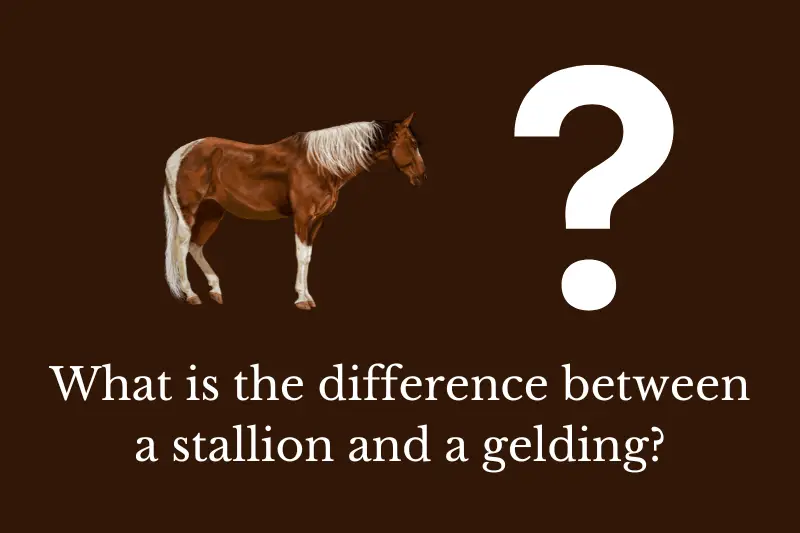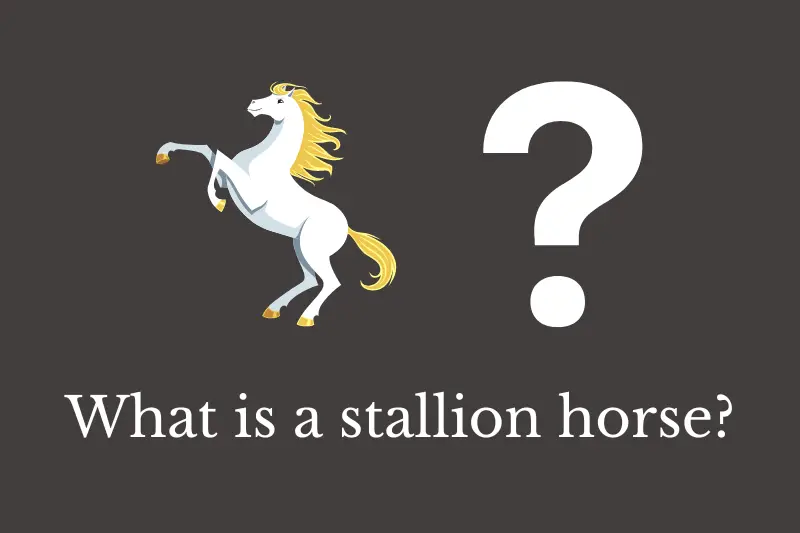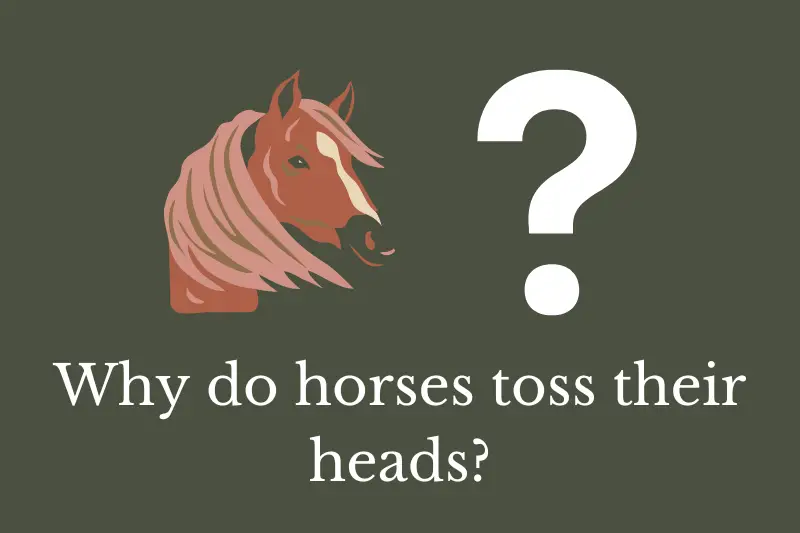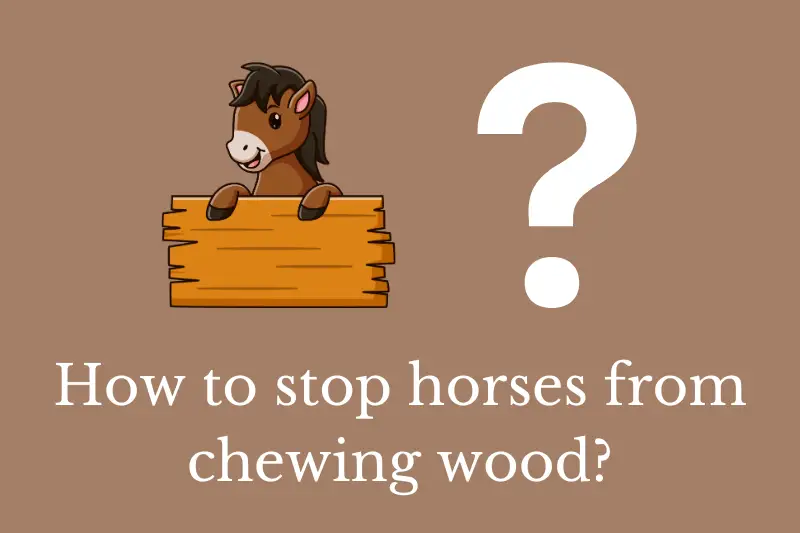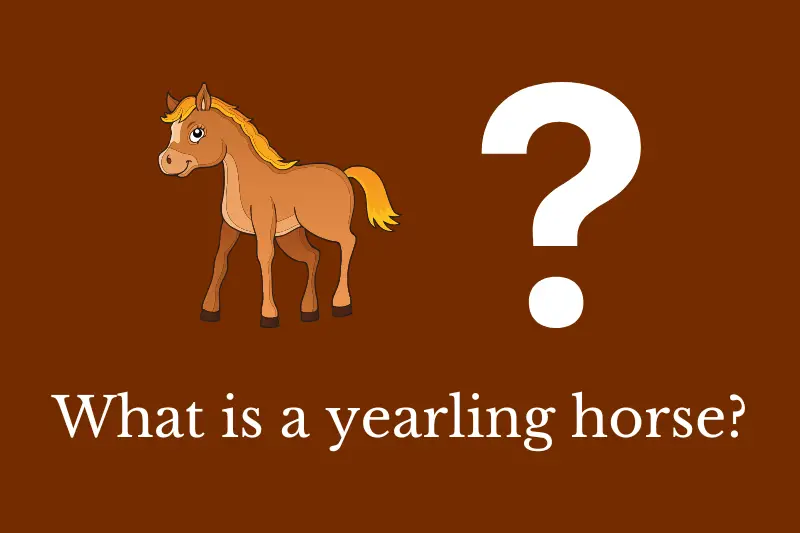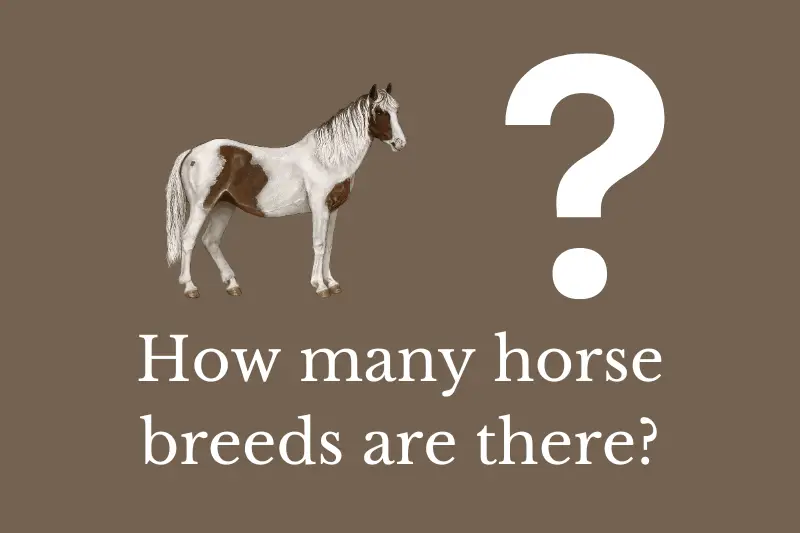Squirrels are small to medium-sized rodents that belong to the family Sciuridae. They are found in various parts of the world, including North and South America, Europe, Asia, and Africa. There are over 200 species of squirrels, and they can be classified into three main categories: tree squirrels, ground squirrels, and flying squirrels. These creatures are well-known for their bushy tails, agile movements, and their habit of gathering and storing nuts for the winter months. The lifespan of squirrels varies depending on the species, habitat, and various other factors.
How long do squirrels live?
On average, squirrels have a lifespan of 3 to 7 years in the wild. However, some species may live up to 12 years or more under ideal conditions. In captivity, squirrels tend to have a longer life expectancy, with some living up to 20 years. It is important to note that these are average figures, and individual lifespans can vary significantly.
Tree squirrels
Tree squirrels, which include the common Eastern gray squirrel (Sciurus carolinensis), American red squirrel (Tamiasciurus hudsonicus), and Eurasian red squirrel (Sciurus vulgaris), typically live 3 to 7 years in the wild. The Eastern gray squirrel, native to North America, is known for its adaptability and is often found in urban areas. This adaptability allows them to live in a variety of habitats, which can contribute to their relatively longer lifespan compared to other squirrel species.
Ground squirrels
Ground squirrels, such as the Eastern chipmunk (Tamias striatus), thirteen-lined ground squirrel (Ictidomys tridecemlineatus), and California ground squirrel (Otospermophilus beecheyi), have a slightly shorter average lifespan in the wild, ranging from 2 to 6 years. Ground squirrels are more susceptible to predation due to their ground-dwelling habits, which can influence their overall lifespan.
Flying squirrels
Flying squirrels, like the Southern flying squirrel (Glaucomys volans) and the Northern flying squirrel (Glaucomys sabrinus), have an average lifespan of 4 to 6 years in the wild. These nocturnal creatures are known for their ability to glide from tree to tree using their specialized patagium, a membrane that stretches from their wrists to their ankles. This adaptation helps them evade predators and access food sources that may be otherwise difficult to reach.
Factors affecting squirrel lifespan
Several factors can influence the lifespan of squirrels. Predation, disease, parasites, accidents, and harsh weather conditions are some of the factors that can negatively impact squirrel lifespans. On the other hand, living in urban environments may provide squirrels with more abundant food sources, which can increase their chances of survival during harsh winters. However, urban squirrels also face increased risks, such as traffic accidents, exposure to toxins, and conflicts with humans.
Predation
Predation is a major factor affecting squirrel populations, with birds of prey, snakes, and mammals, such as foxes, weasels, and domestic cats, being common predators. Juvenile squirrels are particularly vulnerable to predation, with a high mortality rate in their first year of life.
Habitat
Habitat plays a significant role in squirrel survival. Squirrels living in urban environments often have access to more abundant food sources, such as bird feeders and discarded human food, which can increase their chances of survival during harsh winters. However, urban squirrels also face increased risks, such as traffic accidents, exposure to toxins, and conflicts with humans.
Reproduction
Reproduction is another factor that can impact a squirrel’s lifespan. Female squirrels can start breeding as early as six months of age, and they typically have one or two litters per year, with each litter consisting of 1 to 7 offspring. The process of raising young can be taxing on a female squirrel’s body, and it can increase her vulnerability to predation and disease. As a result, reproducing females may have a shorter lifespan compared to non-reproducing individuals.
Conservation
Conservation efforts, such as protecting squirrel habitats and reducing human-wildlife conflicts, can help support squirrel populations and promote healthy lifespans. Public education and awareness campaigns can also be beneficial in teaching people how to coexist with squirrels in urban environments, promoting the protection of these fascinating creatures and their habitats.
Summary
In conclusion, the lifespan of squirrels varies depending on their species, habitat, and various other factors. On average, squirrels live for 3 to 7 years in the wild, with some species potentially living up to 12 years or more under ideal conditions. In captivity, they can live up to 20 years. Tree squirrels typically have a longer lifespan than ground squirrels, while flying squirrels tend to have a lifespan that falls in between the two.

